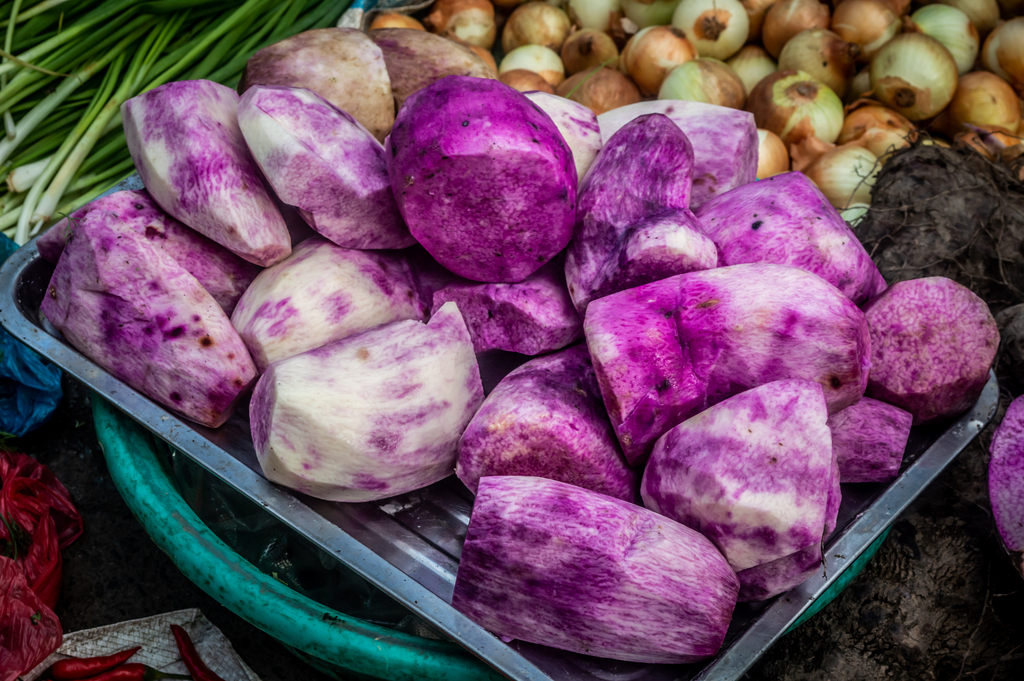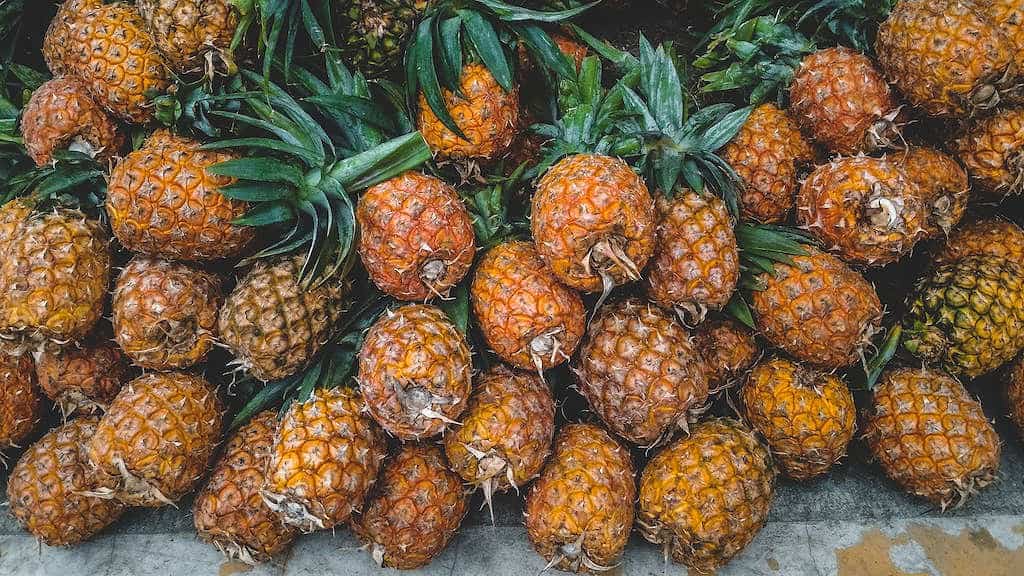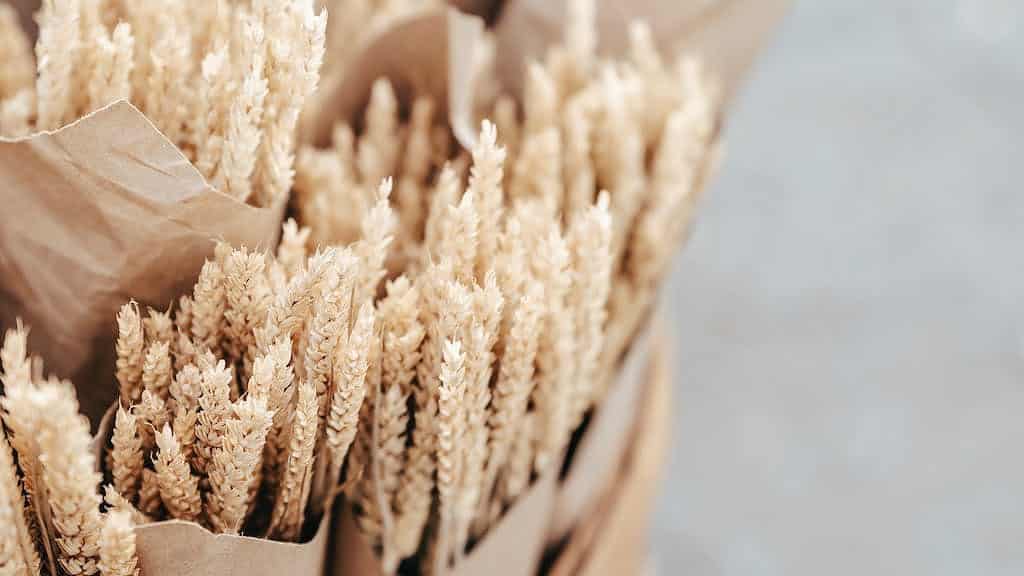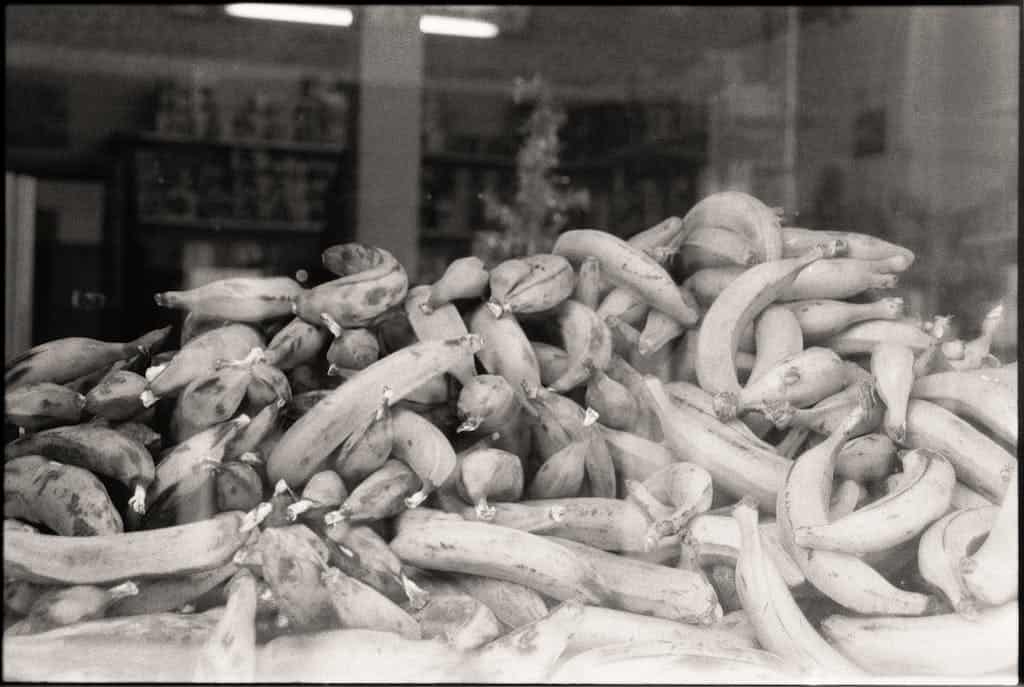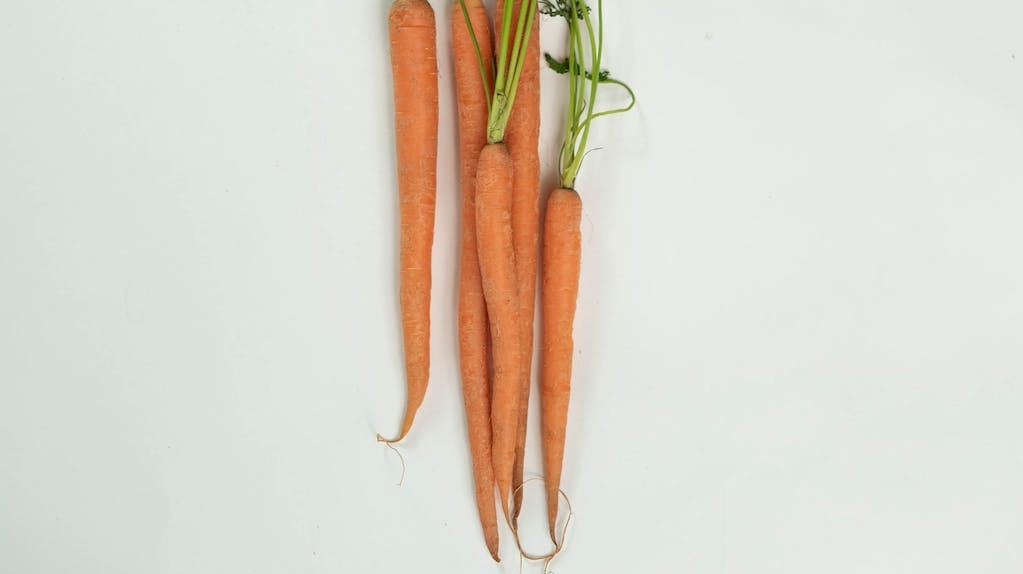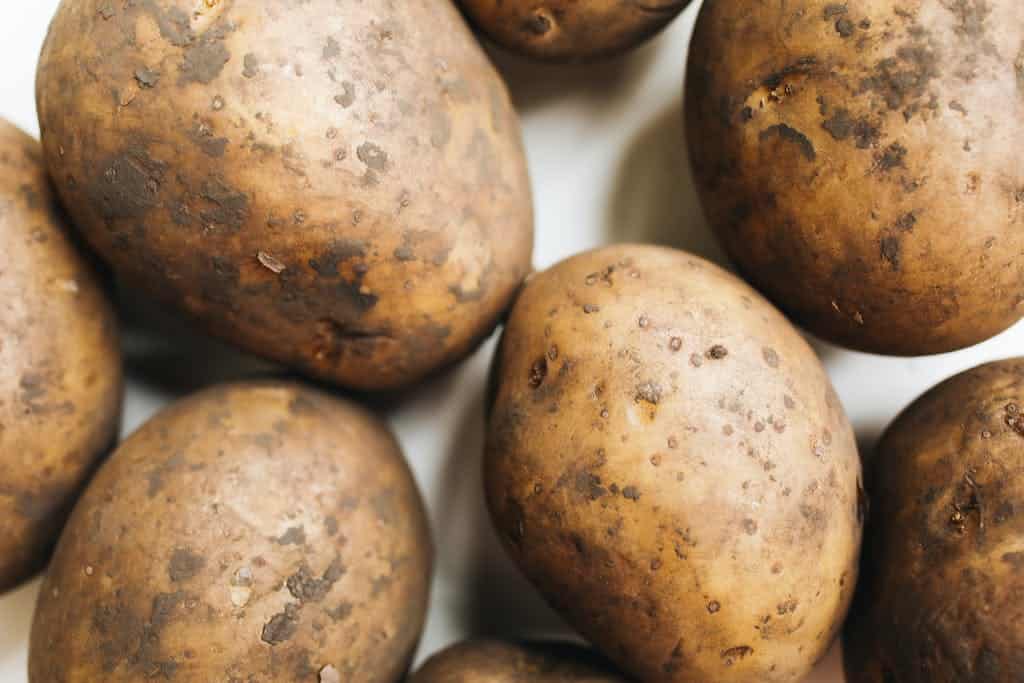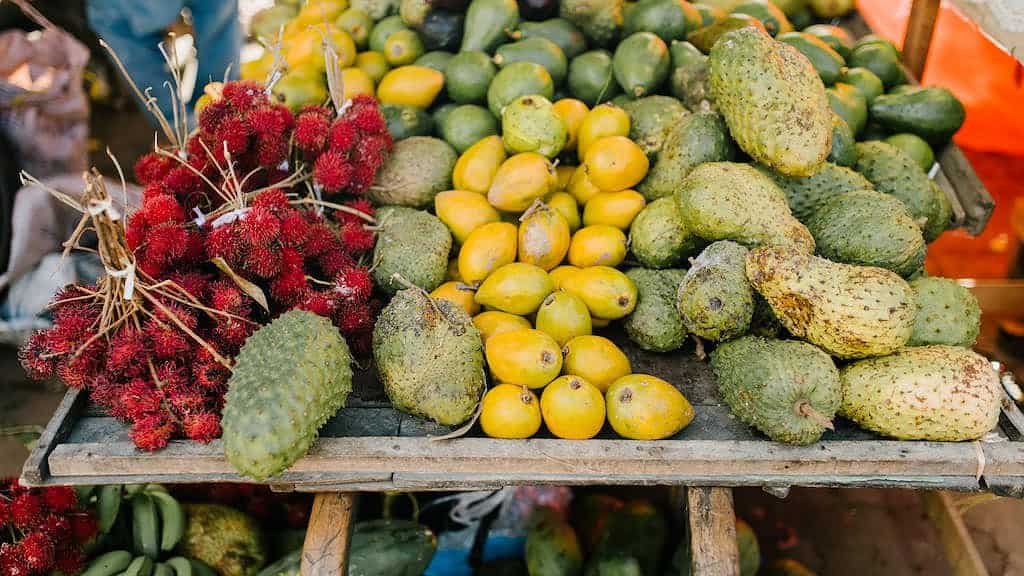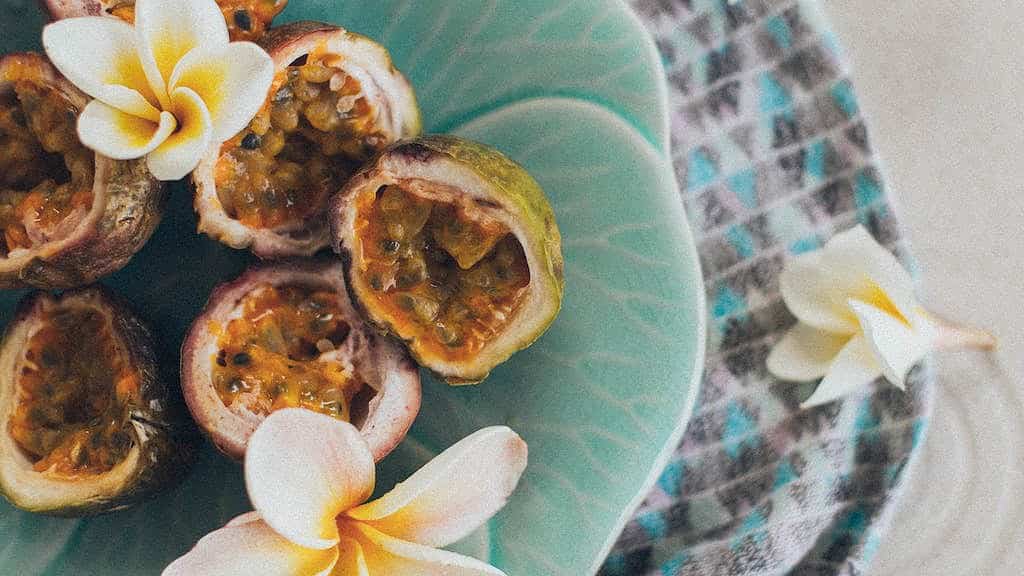Key Takeaways:
- Purple yams are generally safe for dogs to eat in moderation.
- They provide several health benefits such as being rich in fiber and vitamins.
- However, it’s essential to prepare them properly for your dog by boiling or steaming them without any seasoning.
- Too much purple yam can cause digestive upset and should be avoided if your dog has any underlying health issues.
- Always introduce new foods gradually and monitor your dog for any allergic reactions or adverse effects.
- If in doubt, consult with your veterinarian before adding purple yam or any new food to your dog’s diet.
Summary
Can dogs eat purple yam? The answer is yes, but with caution. While it is generally safe for dogs to consume small amounts of purple yam, there are a few factors to consider. This article delves into the nutritional benefits and potential risks associated with feeding purple yams to dogs, providing information on serving sizes, preparation methods, and health considerations. If you want to ensure your furry friend’s well-being and explore the potential benefits of this vibrant vegetable, read on for a comprehensive guide on feeding purple yam to dogs.

Why Purple Yam is Safe for Dogs
Many dog owners wonder whether they can safely share purple yams with their furry friends. The good news is that purple yams are not only safe but also nutritious for dogs. They are rich in essential vitamins, minerals, and antioxidants that promote overall health and well-being in canines. Purple yams are a great source of dietary fiber, which aids in digestion and helps regulate blood sugar levels in dogs. However, it’s important to feed purple yams to dogs in moderation and ensure they are cooked thoroughly to avoid any potential digestive issues.
Potential Health Benefits for Dogs
Feeding purple yams to dogs can provide several health benefits. The high fiber content in purple yams can support a healthy gastrointestinal system and prevent constipation, while also promoting a feeling of fullness, which may aid in weight management. Additionally, purple yams contain antioxidants that contribute to a stronger immune system, reducing the risk of various diseases. The natural sugars in purple yams are a healthier alternative to processed sugars and can provide a sustainable source of energy for dogs.
Precautions and Serving Suggestions
While purple yams are safe for dogs, it’s crucial to take a few precautions when introducing them into their diet. It’s advisable to consult with a veterinarian before feeding purple yams to dogs, especially if your pet has any underlying health conditions or is on a specialized diet. Remember to remove the skin and any undesirable parts of the yam before cooking it for your dog. Serve small, bite-sized pieces of cooked and cooled purple yam to avoid choking hazards. Introduce purple yams gradually to your dog’s diet, starting with small quantities and observing any adverse reactions.
Possible Risks and Side Effects
While purple yams generally pose no significant risks to dogs, it’s important to be aware of potential side effects. Some dogs may experience digestive upset, such as diarrhea or bloating, if they consume large amounts of purple yam or if it is introduced too quickly into their diet. If your dog exhibits any abnormal symptoms after consuming purple yam, it’s best to discontinue feeding and seek advice from a veterinarian. Moreover, always ensure that the purple yam is properly cooked and not seasoned with harmful ingredients like garlic or onion, which can be toxic to dogs.
Alternative and Safe Fruits/Vegetables for Dogs
If you cannot find or prefer not to feed your dog purple yams, there are several other fruits and vegetables that can be given as safe alternatives. Some options include sweet potatoes, carrots, green beans, pumpkin, and apples. Remember to introduce unfamiliar foods gradually, monitor your dog’s reaction, and consult your veterinarian for personalized advice regarding your dog’s specific dietary needs.
Purple Yam Recipes for Dogs
For dog owners who prefer incorporating purple yams into homemade treats or meals, there are various recipes available online. Always ensure the recipes are specifically designed for dogs, avoiding ingredients that are harmful, and maintain proper portion sizes based on your dog’s size and individual dietary requirements. Homemade purple yam dog treats can provide a healthy and tasty snack while reinforcing the bond with your four-legged companion.
Recipes and Alternatives to purple yam for dogs
While purple yams can be a healthy and nutritious food for humans, they are not recommended for dogs. Dogs have different dietary needs and their digestive systems may not be able to process certain foods, including purple yams. It is important to consult with a veterinarian before introducing any new food into your dog’s diet. Here are some alternative foods that are safe and beneficial for dogs:
- Lean meats such as chicken, turkey, or beef
- Plain cooked sweet potatoes
- Carrots
- Pumpkin
- Apples (without seeds or core)
Can Dogs Eat Purple Yam – Frequently Asked Questions
1. What is purple yam?
Purple yam, also known as ube, is a tuberous root vegetable native to Southeast Asia. It has a vibrant purple color and sweet flavor, often used as an ingredient in various culinary dishes and desserts.
2. Is purple yam safe for dogs to eat?
Yes, dogs can eat purple yam in moderation, and it is generally safe for them. However, it is essential to prepare it properly and feed it to your dog in small amounts as an occasional treat.
3. What are the benefits of feeding purple yam to dogs?
Purple yam offers several health benefits for dogs, including:
- High in fiber: Purple yam contains dietary fiber, which promotes healthy digestion and can help alleviate constipation in dogs.
- Rich in antioxidants: It is a good source of antioxidants that contribute to a strong immune system and reduce the risk of chronic diseases.
- Vitamins and minerals: Purple yam contains essential vitamins such as vitamin C, vitamin A, and minerals like potassium, which support your dog’s overall well-being.
4. Can all dogs eat purple yam?
While purple yam is generally safe for dogs, some may have specific dietary restrictions or allergies that may make it unsuitable for consumption. It is crucial to consult your veterinarian before introducing any new food to your dog’s diet, especially if they have any pre-existing health conditions.
5. How should purple yam be prepared for dogs?
Purple yam should be cooked thoroughly before feeding it to your dog. Raw yams may be difficult for dogs to digest and can lead to digestive upset. Boiling or baking the purple yam without any seasoning is the best method of preparation. Remove the skin and any potential choking hazards before serving it to your dog.
6. How much purple yam can I give my dog?
Purple yam should only be given to dogs in moderation. It should not exceed 10% of their daily calorie intake. A small slice or a few cubes of cooked purple yam can be a suitable serving size. Additionally, always ensure that purple yam is not replacing their regular balanced diet.
7. Are there any risks associated with feeding purple yam to dogs?
While purple yam is generally safe, there are a few risks to be aware of:
- Oxalates: Purple yam contains oxalates, which in large amounts, may contribute to the formation of kidney stones in some dogs. If your dog has a history of kidney issues, it’s best to avoid feeding them purple yam.
- Caloric intake: Purple yam is relatively high in carbohydrates and calories. Feeding too much of it to your dog can contribute to weight gain or obesity. Always ensure it is served in moderation.
8. What are the signs of an allergic reaction to purple yam?
Although rare, dogs can develop allergies to purple yam. Some common signs of an allergic reaction include diarrhea, vomiting, itching, swelling, or difficulty breathing. If you observe any of these symptoms, discontinue feeding purple yam and consult your veterinarian.
9. Can I give my dog any part of the purple yam plant?
No, it is recommended to only feed your dog the cooked purple yam root itself. Other parts of the purple yam plant, such as leaves or stems, may contain substances that are harmful to dogs.
10. Are there any
Conclusion
Dogs can safely consume small amounts of purple yam as an occasional treat. However, it should not be a regular part of their diet. Purple yam contains beneficial nutrients like vitamins, minerals, and antioxidants that can contribute to a dog’s overall health. It is important to note that yams should always be cooked before serving to dogs, as raw yams can be difficult to digest and may pose a choking hazard. Additionally, yam should only be given in moderation and in small portions to prevent any gastrointestinal issues. As with any new food, it is always recommended to consult with a veterinarian before introducing purple yam into your dog’s diet.
📚 Sources:
